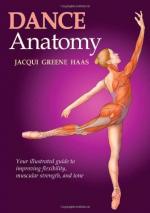|
This section contains 1,015 words (approx. 4 pages at 300 words per page) |

|
Traditionally, dance scholarship has privileged classical and theatrical dance over popular and social dance. Folk dance has been viewed since the nineteenth century as a special case study in expressions of group identity and of interest for specialists in folklore, mythology, and ritual. Popular dance has been a study in class distinctions and in modes of transmission, especially with regard to the ever-widening forms of late twentieth-century mass media. The dearth of scholarly publications related to popular and folk dance continues even among dance ethnologists and anthropologists.
Dance anthropologists Joanne W. Kealiinohomoku and Adrienne Kaeppler and dance sociologists like Helen Thomas, have found that dance—like language, art, and religion—is found in all human societies. Popular and folk dances are powerful forces in the shaping and experiencing of culture and values, but these terpsichorean modes are culturally...
|
This section contains 1,015 words (approx. 4 pages at 300 words per page) |

|


![View Dance Popular and Folk Dance [first Edition]](https://d22o6al7s0pvzr.cloudfront.net/images/bookrags/aero300/content/btn_prev.png?1706062909)
![View Dance Theatrical and Liturgical Dance [first Edition]](https://d22o6al7s0pvzr.cloudfront.net/images/bookrags/aero300/content/btn_next.png?1706062909)
